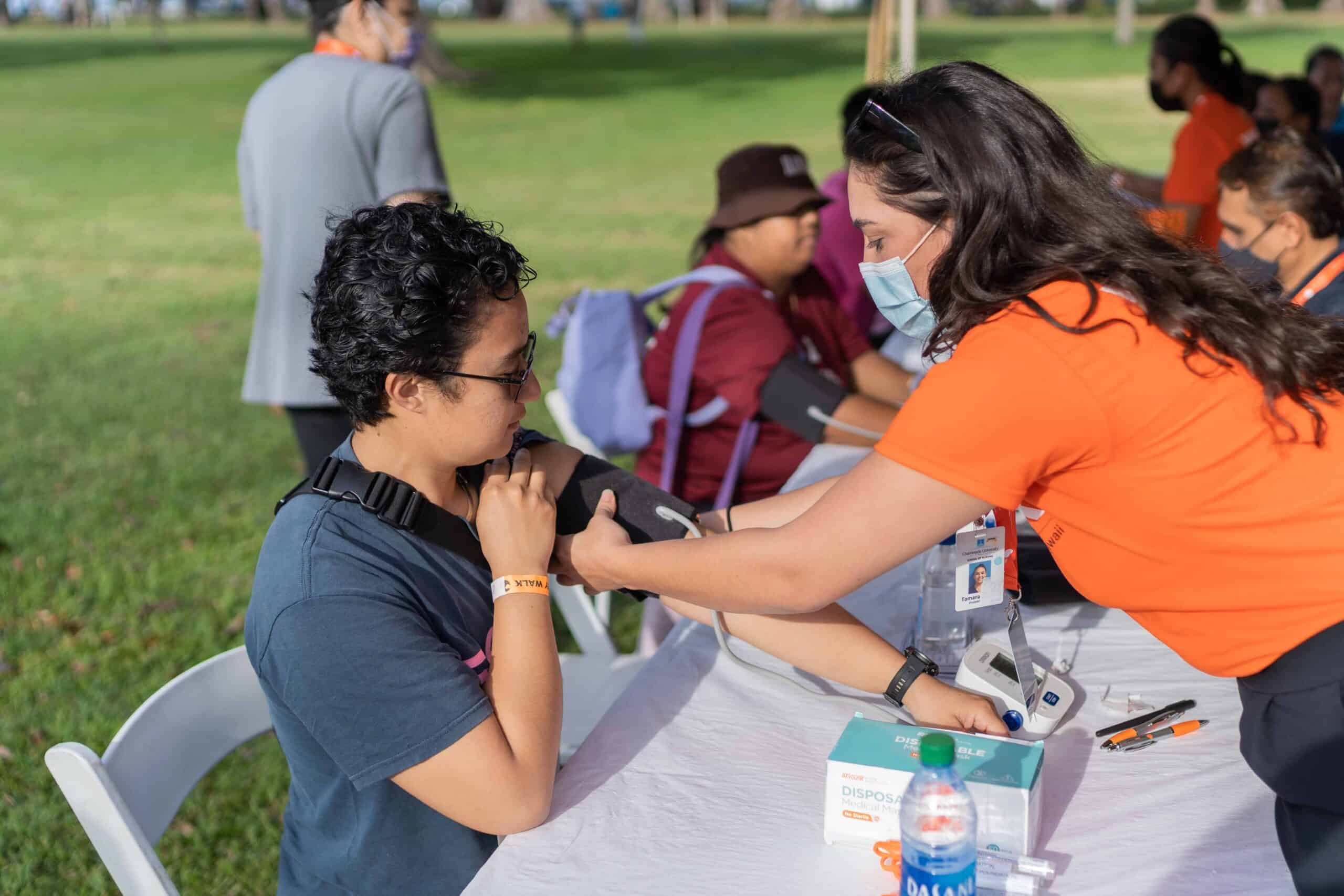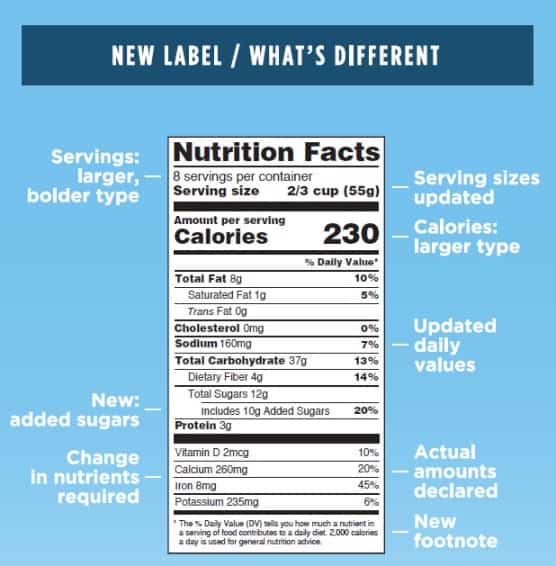Have you ever looked at a food label and wondered, “What is Percent Daily Value (% DV)?” The % DV on a Nutrition Facts label is simply a guide of what nutrients are contained in one serving of that specific food. For example, if the label lists 20% DV for calcium, it means that one serving provides 20% of the calcium you need each day.
DVs are based on a 2,000-calorie diet for healthy adults. Even if your diet is higher or lower in calories, you can still use the DV as a guide. It tells you whether a food is high or low in a specific nutrient:
- 5% or less of a nutrient is low.
- 20% or more of a nutrient is high.
In 2016, the Food and Drug Administration revised the Nutrition Facts label to list % DV for added sugars, which is 50 grams, or about 12 teaspoons of sugar per day. That is 10% of the daily 2,000 calories recommended for healthy adults. Note that the Food and Drug Administration has not set a DV for trans fat because experts recommend that Americans avoid foods with trans fat and partially hydrogenated oils.
Get into the habit of checking DVs to choose foods high in vitamins, minerals, and fiber, and low in saturated fat, added sugar, and sodium. This will help you make healthier dietary choices.
This information is meant to be used as a resource and is not meant to replace medical advice. For more information, contact programs@kidneyhi.org.















